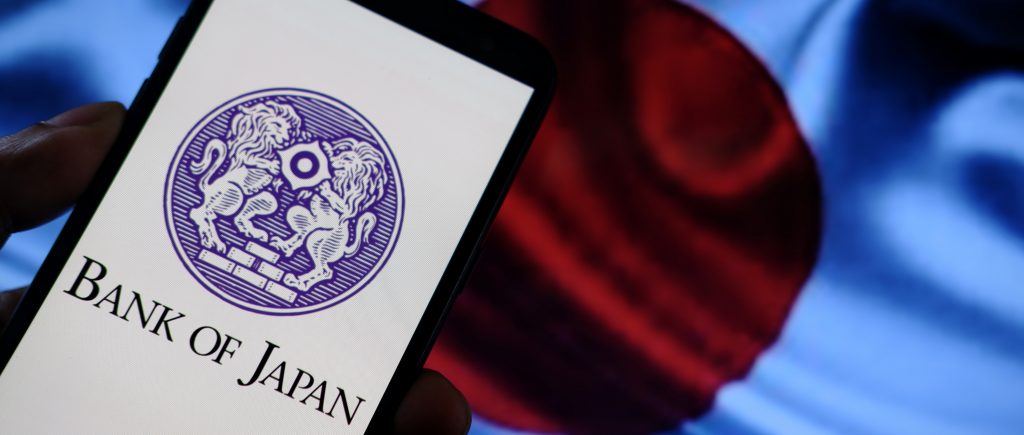The Bank of Japan (BOJ) is set to conclude its final two-day meeting of the year on Thursday, with analysts and markets closely watching whether the central bank will raise interest rates or maintain its cautious stance. The decision comes against the backdrop of slowing economic momentum and increasing political uncertainty, both domestically and globally.
The BOJ has already made history in 2024 by ending its era of negative interest rates, raising its benchmark short-term rate twice to the current 0.25%. The policy shift was driven by the central bank’s confidence in a “virtuous cycle” of rising wages, improved inflation, and stronger private consumption. However, recent economic indicators suggest that momentum may be faltering, adding complexity to the BOJ’s rate decision.
Economic Headwinds Favoring a Hold
A growing number of analysts expect the BOJ to keep rates unchanged in December, citing lingering concerns about Japan’s economic health. Private consumption and wage growth have slowed in recent months, while third-quarter GDP data showed disappointing results—growth came in below expectations and marked a sharp slowdown compared to the prior quarter.
Additionally, political risks are adding pressure on the BOJ. Incoming U.S. President Donald Trump has promised to impose trade tariffs, particularly targeting China, a move that could indirectly weigh on Japan’s export-dependent economy. Such external headwinds may force the central bank to adopt a wait-and-see approach.
Bank of America analysts see January as a “more natural timing” for the next hike. They argue that the BOJ is less concerned about yen weakness and imported inflation than it was in July. The central bank also remains cautious about causing undue market turbulence, particularly during the low-liquidity year-end period, as experienced after its surprise July hike.
The Case for a December Rate Hike
On the other hand, some analysts believe the BOJ may raise rates by 25 basis points at this meeting. Optimism over rising wages, resilient private consumption, and a pick-up in inflation reinforces the notion that Japan’s economy is experiencing a sustainable recovery.
ANZ analysts argue that improvements in business sentiment, tighter labor markets, and expectations for strong wage hikes in 2025 could push the BOJ to act preemptively. By raising rates now, the central bank could stay ahead of inflationary pressures and reinforce its confidence in the “virtuous cycle” that underpins its tightening strategy.
Market Impact: Nikkei and Yen in Focus
Japanese equities and currency markets are reflecting the uncertainty surrounding the BOJ’s decision. The Nikkei 225 has moved within a tight range this week, with investors holding back ahead of the policy announcement. A hold could spur gains in Japanese stocks, while a hike may trigger short-term declines as borrowing costs rise.
The yen has been similarly muted, with USD/JPY hovering between 153 and 154. A rate hike would likely strengthen the yen sharply, as witnessed during the BOJ’s July move. Conversely, maintaining rates unchanged could lead to renewed pressure on the currency, given its continued fragility against the dollar.
Outlook: Navigating a Delicate Balance
The BOJ faces a delicate balancing act as it considers its next move. While economic fundamentals show some positive signals, lingering growth concerns and global uncertainties may limit the central bank’s willingness to tighten policy further.
If the BOJ holds rates, markets will shift focus to its forward guidance, particularly hints of a hike in early 2025. Alternatively, a surprise rate increase could boost confidence in Japan’s economic recovery but risks sparking market volatility.
For now, all eyes remain on BOJ Governor Kazuo Ueda, whose commentary on growth, inflation, and external risks will be critical in shaping the outlook for Japan’s monetary policy heading into 2025.
 Noor Trends News, Technical Analysis, Educational Tools and Recommendations
Noor Trends News, Technical Analysis, Educational Tools and Recommendations





